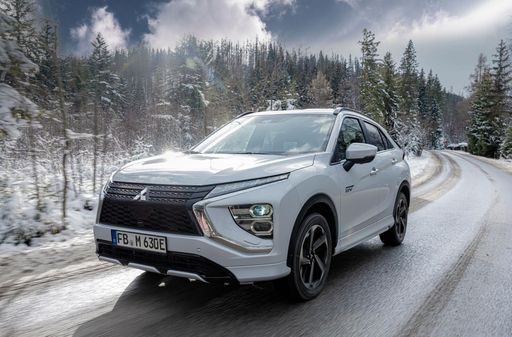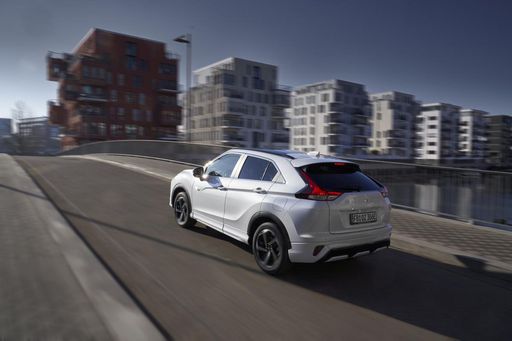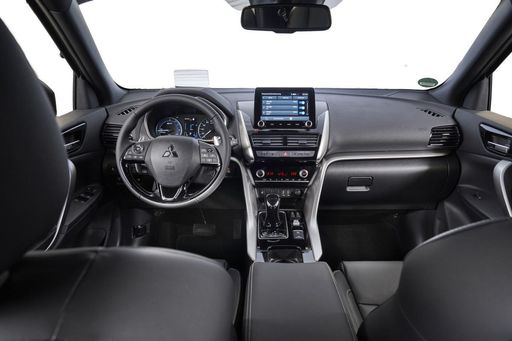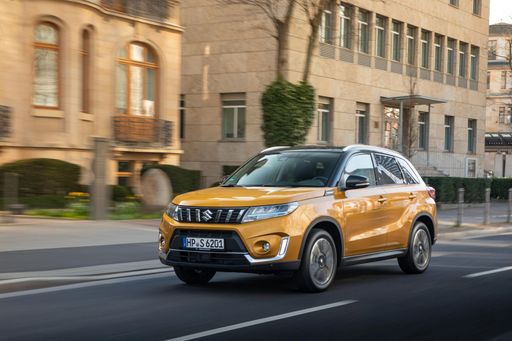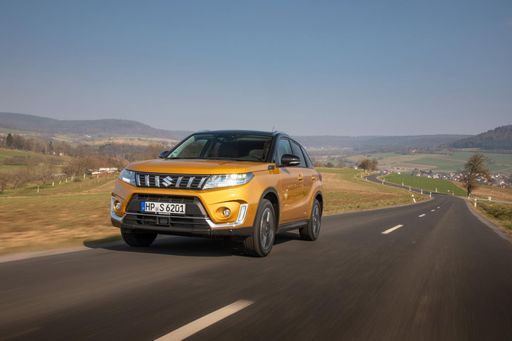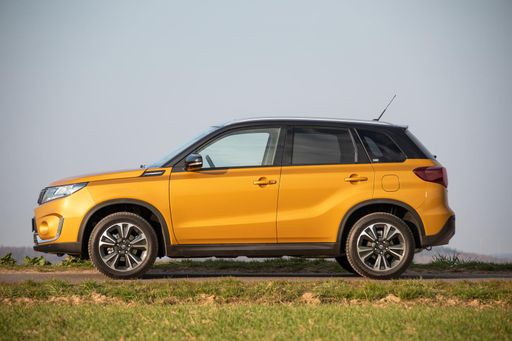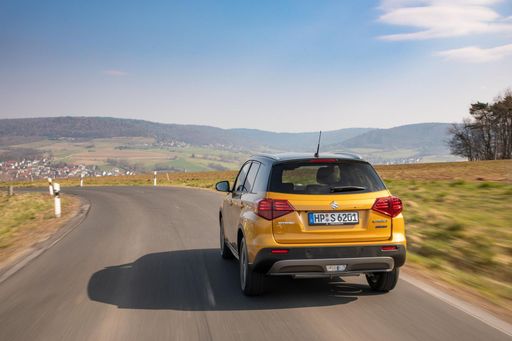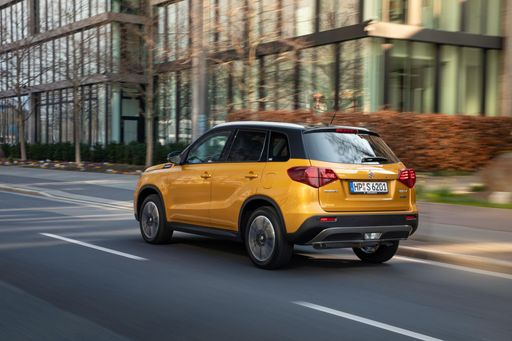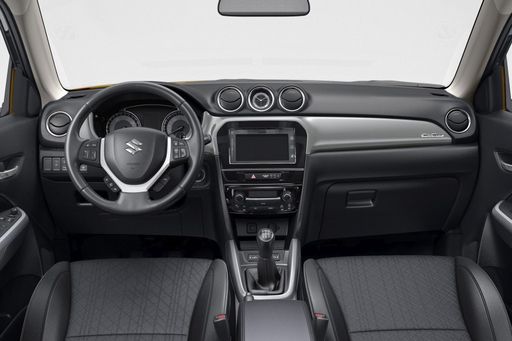Mitsubishi Eclipse Cross vs. Suzuki Vitara: A Clash of Compact SUVs
In the competitive world of compact SUVs, the Mitsubishi Eclipse Cross and Suzuki Vitara are two noteworthy contenders that appeal to drivers seeking versatility and efficiency. These models offer a blend of performance, comfort, and technological advancements, but how do they stack up against each other? Let's dive into the technical aspects and innovations that set them apart in this comparative overview.

